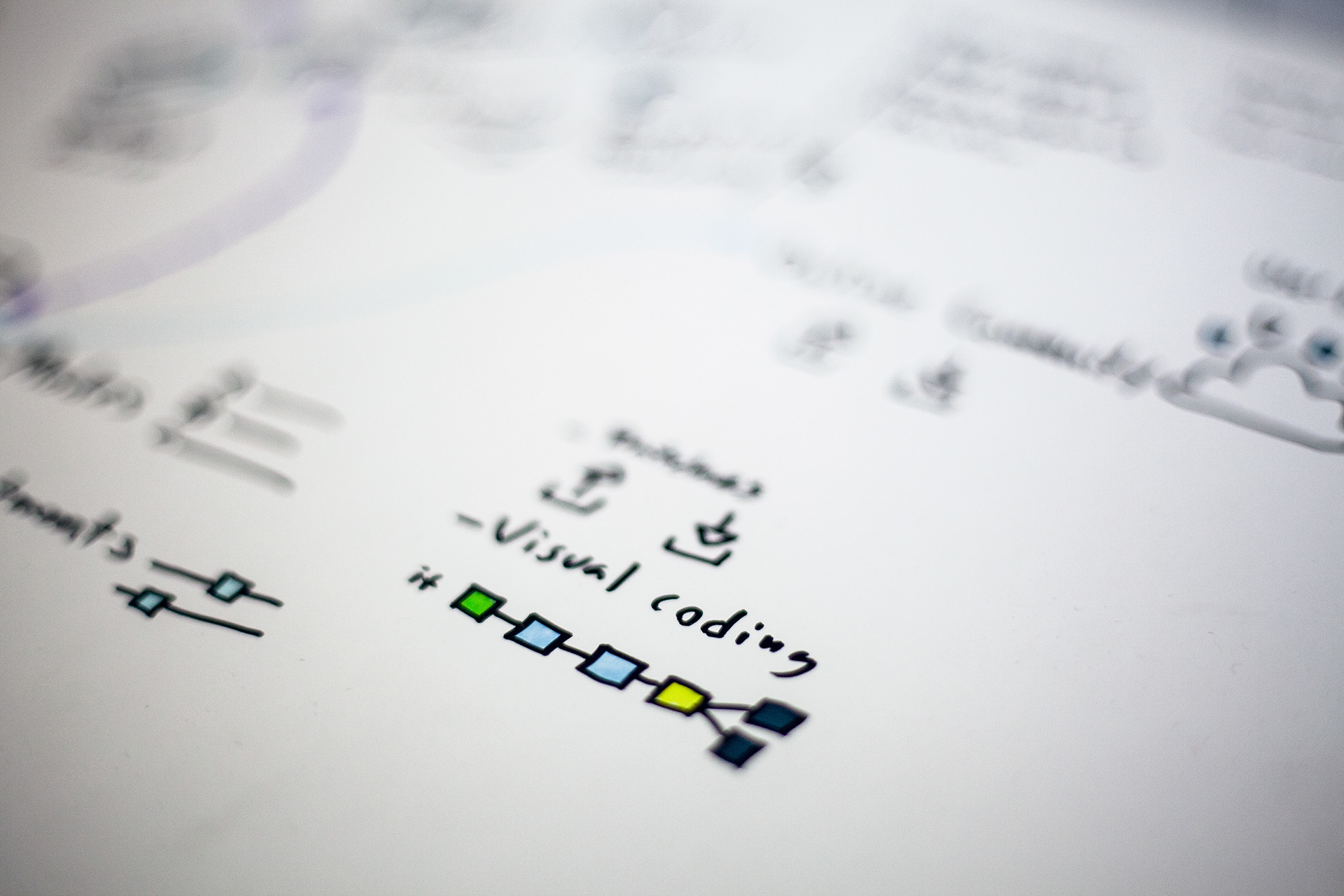In collaboration with norwegian medtech startup HY5, we envisioned how an electric prosthetic hand could empower rather than stigmatize. By enabling users to adjust, create and share sensory feedback features of their prosthesis, it can turn a handicap into superpowers.
Created by Thomas Wang & Joshua von Hofen / AHO Screens 2019
Supervised by Mosse Sjåstad and Leonoor Beukers
Supervised by Mosse Sjåstad and Leonoor Beukers
Challenge:
Users of myoelectric mechanical hands have no sensory feedback, making the most common everyday activities difficult. Therefore, Hy5 wanted to know how a "second skin" gloves with sensors could provide haptic feedback to the user. But is it possible to make a fixed solution for such a diverse user group?
It is certainly not possible to replace the fine tuned tactility of a human hand.
It is certainly not possible to replace the fine tuned tactility of a human hand.
Insight:
Our research showed us that while there is still a long way to go for myolectric hand prosthetics to be fully functional, users around the world are taking matter into their own hands by through art, personalising and bodyhacking. We were inspired by these people's resourcefullness and creativity.
Our solution:
We created an app alongside a wearable armband that enables users to quickly adjust and customize the type of sensory feedback of the prosthesis to their needs.
With a visual block coding tool, users can build and test their own functionalities. By connecting the sensors of the prosthesis with any other IOT device or app, their mechanical hand becomes more than just a necessity, it can give them superpowers. Like tapping a finger in a certain pattern to unlock your Tesla, or skip a song in Spotify.
Finally, they can share their creations with a community and try out what others have built.
Build a sequence of sensors, patterns and feedback:
" During the project Joshua and Thomas showed us a very high level of creativity and analytical skills. With strong arguments they challenged us to go off the beaten track and convinced us to review the purpose and functionalities of the glove our team is working on. Their analytical approach was demonstrated by an iterative design process of performing market research, mapping ideas, prototyping and user research at different stages in the project.
At the end of the project they impressed us with a well-thought-out design of an exciting and esthetically appealing application. Thomas and Joshua’s design skills are complemented by their excellent presentation skills. Through professional presentations, videos and vizualizations they could perfectly explain, and sell, their ideas to the intire HY5 team. "
- Christian Fredrik Stray - CEO, HY5
Paper prototyping:
Mapping sensors, use cases and early sketches:









